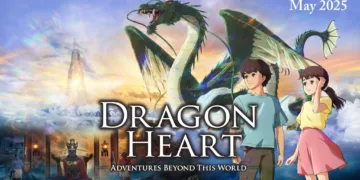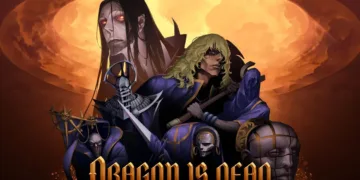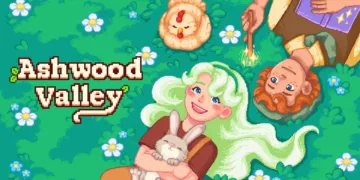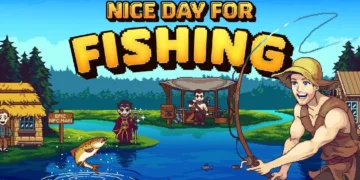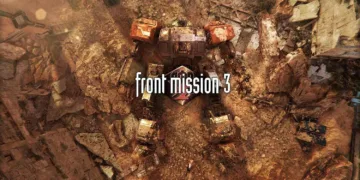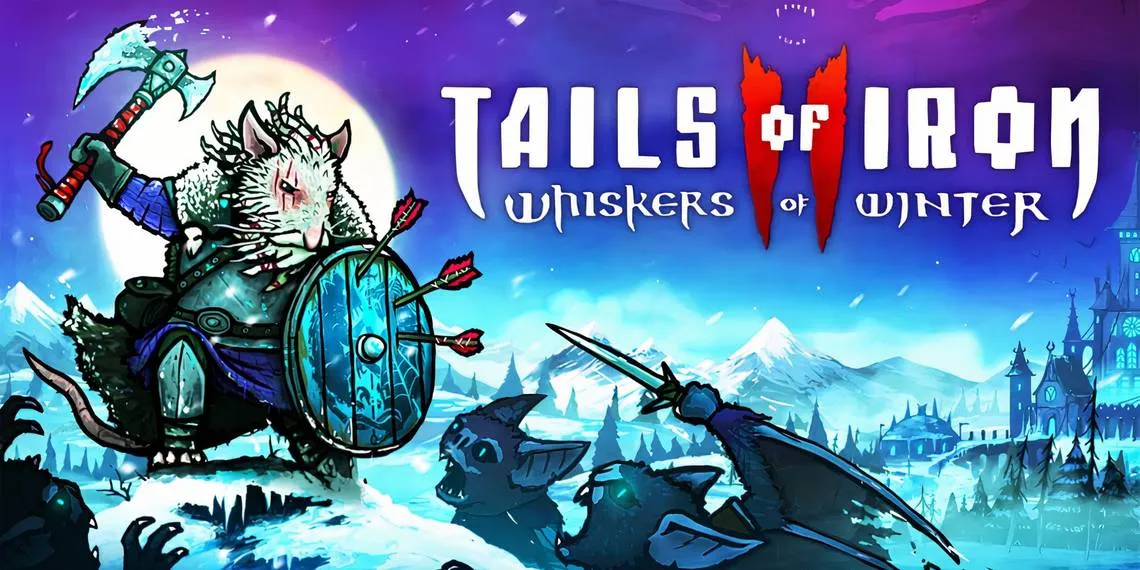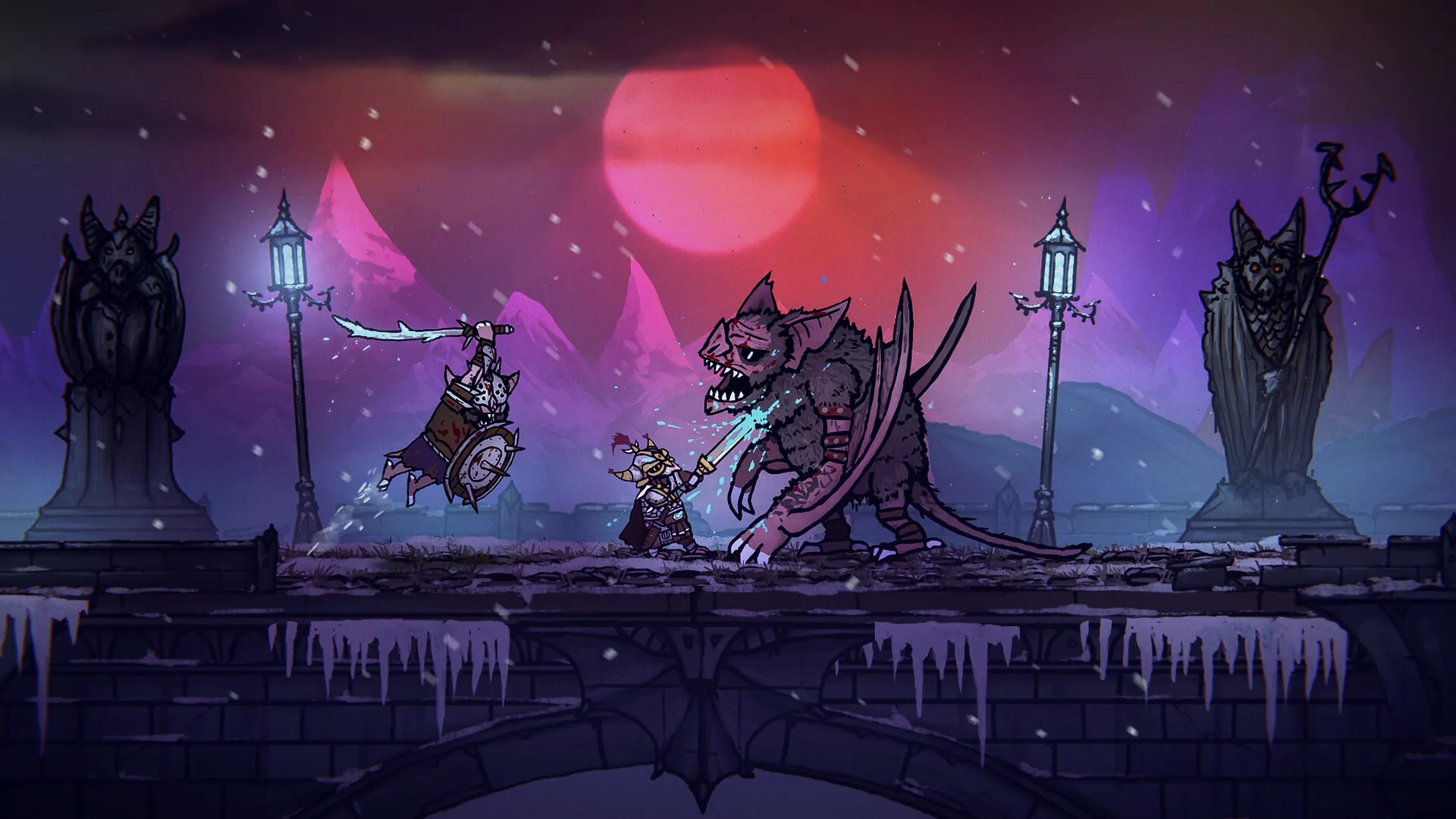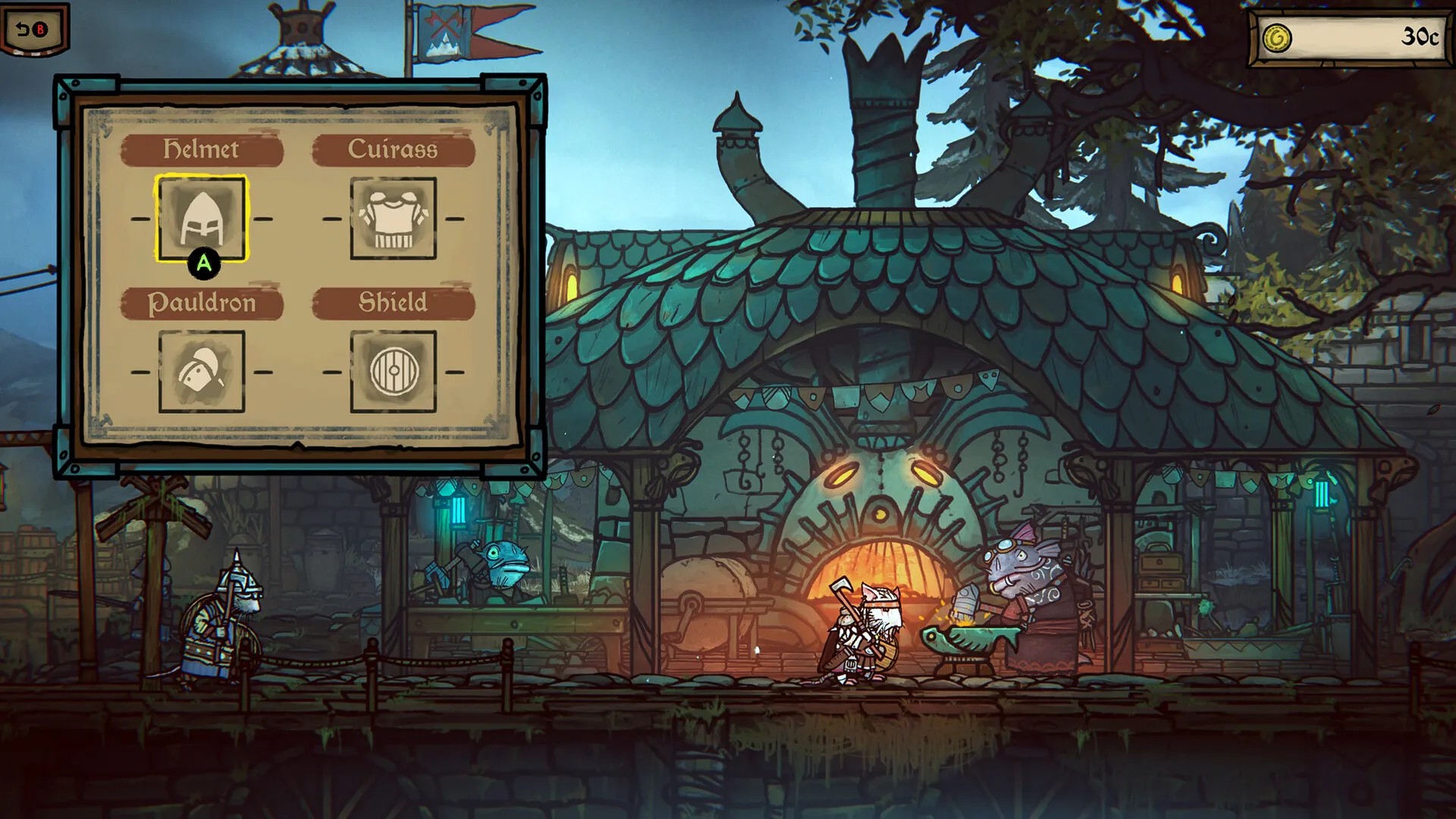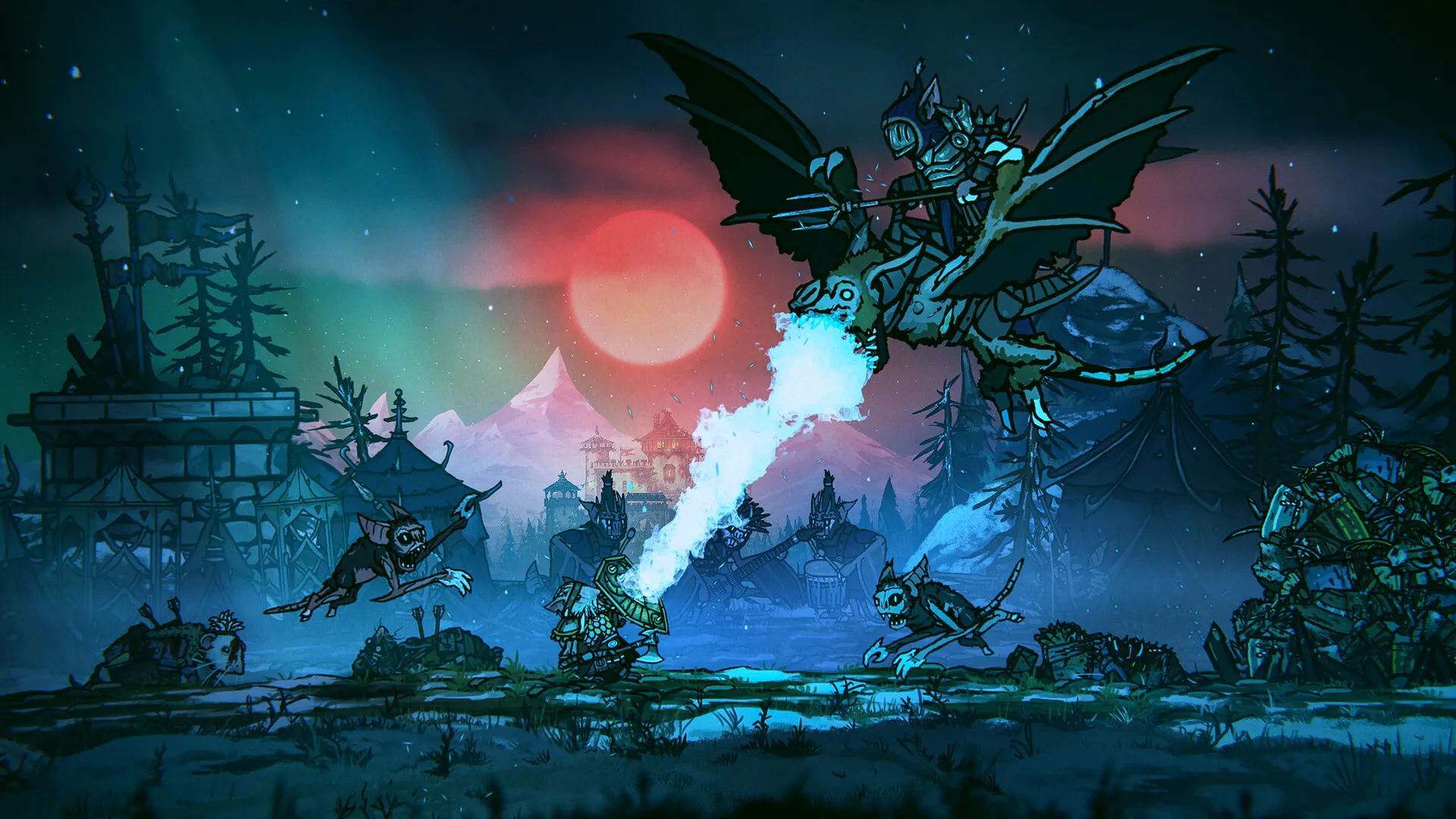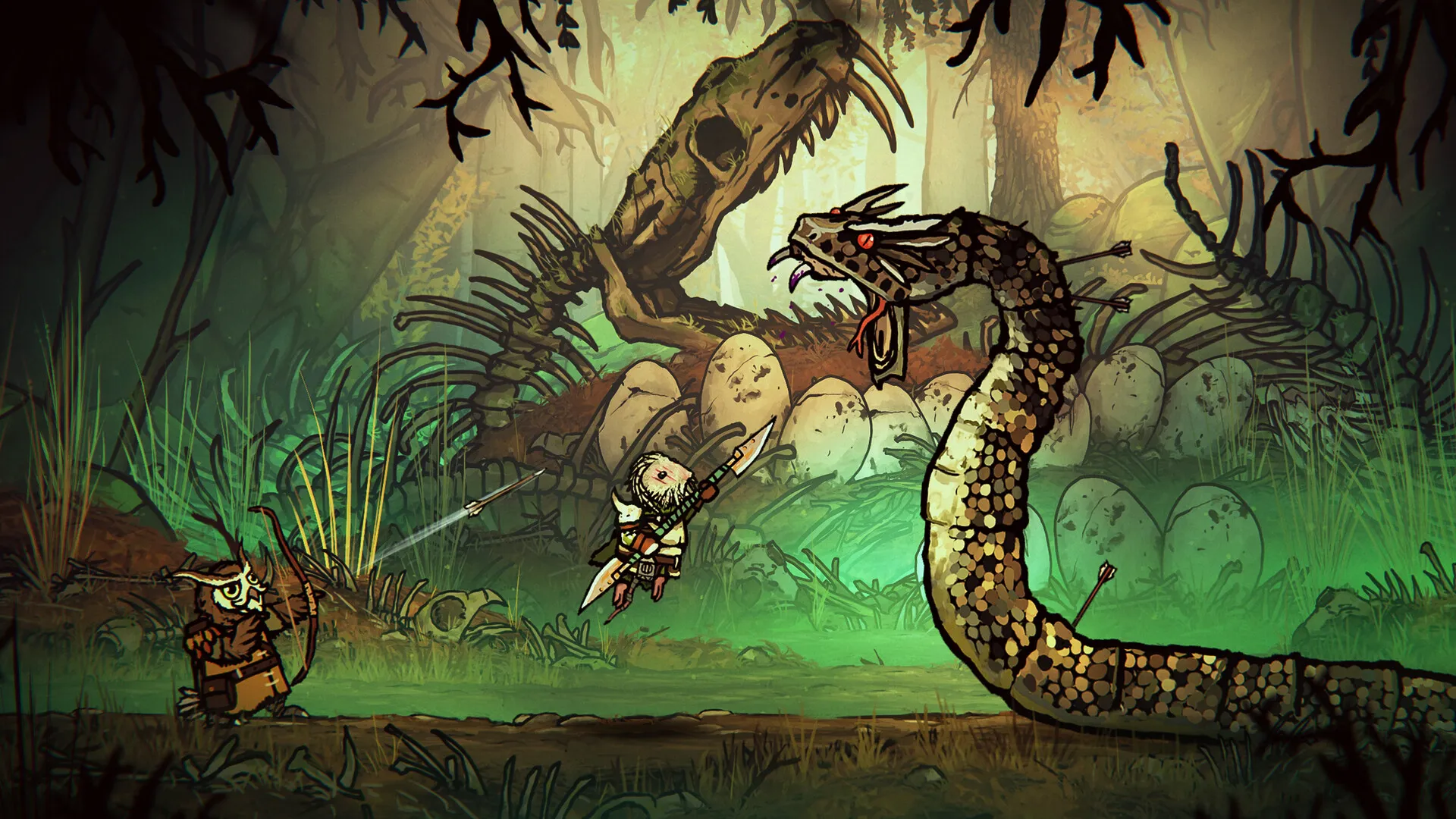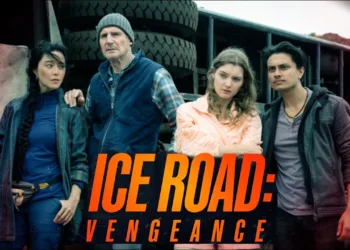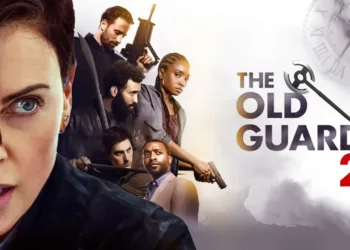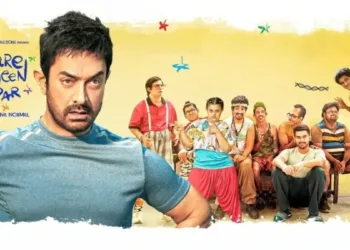Tails of Iron 2 situates itself in a dark fantasy realm where animal characters express narratives rooted in historical European influences and regional folklore. A ruined kingdom and the emergence of the Dark Wings clan serve as a backdrop for a story that speaks to the struggles of lost honor and societal decay.
Here, Arlo, a descendant of a revered Warden, is called to rally a varied group of allies and confront the specter of personal tragedy. His task—restoring dignity to a fractured heritage and exacting revenge for a painful past—mirrors age-old themes present in literature and film worldwide, drawing a parallel with other culturally resonant works that examine identity and collective memory.
The gameplay is constructed around a rigorous combat system that challenges players to execute precise maneuvers against formidable foes. This structure, reminiscent of established action RPGs, aligns physical contests with narrative significance, where each bout of combat carries the weight of Arlo’s personal and cultural burdens.
By intertwining story with the physical tests of skill, the game offers a platform where artistic traditions and contemporary design spark a conversation about the interplay of heritage and modernity in interactive entertainment.
Cultural Narratives and Interactive Histories
Tails of Iron 2 presents a tale of heartbreak and resolve set within a dark fantasy realm populated by animal figures shaped by regional myths and historical echoes. Arlo endures an irreversible loss when his father is taken, a turning point that propels him into a quest aimed at mending a shattered society. This moment brings themes of sacrifice and the weight of legacy to the forefront, drawing on age-old conflicts found in local folklore and medieval epics.
The game interlaces its narrative with gameplay in a way that transforms combat into a reflection of internal strife. Each encounter on the battlefield mirrors Arlo’s internal conflict between duty inherited from a storied past and the personal grief he carries.
The design of levels, punctuated by hidden areas and subtle environmental signals, enriches the historical fabric of the ruined kingdom. Such details encourage players to piece together the land’s storied past through visual clues, reinforcing the emotional weight of Arlo’s struggle.
Arlo is rendered as a multifaceted character who evolves from a reluctant heir into a determined leader. Interactions with recruitable allies and supporting figures—each carrying their own culturally influenced backstory—further expand the narrative. The atmospheric narration, delivered by a seasoned voice actor, imbues the text with gravitas, while minimal on-screen dialogue for secondary characters maintains focus on the unfolding drama.
The lore sketches a vivid picture of a realm once prosperous, now marred by conflict and neglect. Settings that range from frost-bitten wastelands to eerie battlefields echo artistic traditions seen in international period dramas and historical literature. This integration of story and gameplay invites reflection on the interplay between cultural heritage and modern interactive design, leaving an open inquiry into how old legacies persist amid ongoing change.
Cultural Influences on Visual Design
Tails of Iron 2 uses a hand-drawn, diorama-like art approach that sets it apart from traditional pixel art. The scenes display a careful mixture of grim, gloomy settings with moments of striking detail—glowing lanterns, luminous eggs, and a towering moon—all of which evoke techniques reminiscent of European manuscript illustrations and other storied artistic traditions.
Character animation flows with precision, and each design reflects a balance between raw savagery and an unexpected tenderness. Environmental elements benefit from meticulously layered backgrounds, realistic weather variations, and thoughtfully arranged lighting effects. Subtle particle effects and minute details contribute a sense of authenticity, making every frame resemble a carefully composed painting.
Across different biomes, the game distinguishes itself with contrasting visual cues. Snowy landscapes, marked by crisp tones and clear, cold light, stand in stark contrast to areas steeped in shadow and dense atmosphere.
These differences enrich the gaming experience while guiding players through narrative and challenges without requiring overt explanation. The design invites reflection on how visual art in digital media can mirror cultural legacies and spark contemporary creativity, prompting an ongoing dialogue between traditional heritage and modern visual storytelling.
Sonic Narratives and Cultural Echoes
Audio in Tails of Iron 2 plays a significant role in defining the game’s character. The score is arranged with elements reminiscent of classical orchestral works found in traditional European settings.
A steady, deep rumble and the sound of distant thunder set a somber tone, while the clinking of armor and ambient nature sounds create an immersive atmosphere. These auditory layers form a detailed soundscape that supports both the visual and narrative elements of the game.
The spoken narrative, provided by an experienced performer, injects the story with a measured gravity that reflects longstanding storytelling practices. His delivery guides players through the unfolding events, complementing the sparse, on-screen dialogue and emphasizing the mythic qualities inherent in the game’s heritage. This vocal performance operates in tandem with gameplay, ensuring that the narrative is absorbed without detracting from the player’s focus.
Combat sequences are enlivened by carefully designed sound effects. The clear ring of clashing weapons and the guttural responses of foes transform each skirmish into an experience that can be felt as much through sound as through action. Precise audio cues assist players in timing defensive moves and offensive strikes, creating an auditory framework that underscores the physical conflicts and the storied traditions woven throughout the game’s world.
Interactive Combat and Cultural Dynamics
The game introduces a combat system that demands precise timing and strategic input. Players combine forceful strikes with swift defensive moves such as blocking, parrying, and dodging. Visual signals, marked by distinct color cues, provide critical information about enemy actions, requiring players to react quickly.
This system draws inspiration from traditional martial practices found in various cultures while incorporating modern design elements that test reflexes and strategic thinking. Each encounter challenges players to master a balance between offense and defense, rewarding persistence and skill.
Multiple difficulty settings allow a wide range of players to participate without undermining the system’s rigor. An accessible mode offers a tempered experience that softens the relentless pace of combat while preserving its demanding nature. This design choice reflects a sensitivity to different gaming traditions and expectations across regions, enabling both newcomers and experienced players to engage with a combat system that remains consistently challenging.
The combat experience is enriched by the introduction of elemental abilities such as lightning, poison, ice, and fire. These powers interact with traditional melee actions, requiring players to exploit enemy vulnerabilities through tailored weapon and armor statistics that influence elemental damage and resistance.
A maintenance feature, where players must periodically sharpen their weapons using a whetstone, adds a tactical layer that blends resource management with the heat of battle. This interplay of technology and tradition speaks to a design ethos that respects ancient craftsmanship while embracing modern interactive demands.
A hook mechanism offers an additional method for repositioning during combat and traversing challenging terrain. Though its application is limited in some areas, it introduces an extra tactical dimension that encourages inventive play.
The “Monster Hunter” system, where parts from vanquished foes are collected for crafting and upgrading gear, adds further strategic depth. Occasional issues—such as imperfect timing with parry commands or visual clutter during intense sequences—highlight the complex effort required to align narrative rhythm with mechanical precision, leaving space for continued debate on the integration of cultural influences in interactive design.
Cultural Terrain and Constructive Journeys
The game’s interconnected environments blend direct progression with purposeful detours, inviting players to experience a landscape that is both straightforward and layered with hidden narratives.
Linear paths guide you through settings steeped in regional artistic traditions, while occasional backtracking unveils secret locales that echo local history. Integrated fast-travel points ease long-distance navigation, reducing repetitive traversals without eliminating the challenge of uncovering every detail.
Manual saving points serve as strategic anchors, prompting thoughtful route planning and resource management—a nod to gameplay traditions observed in various cultures. The platforming elements, though modest, are crafted with care; a grappling hook mechanism grants brief ascents to elevated areas, infusing the experience with a visual flair reminiscent of acclaimed international adventure scenes.
The crafting system is a study in cultural craftsmanship. Players gather resources from both defeated foes and the environment to create weapons, traps, and armor, reflecting the artisanal skills valued in many societies. A specialized “Monster Hunter” feature leverages unique creature parts for forging gear, encouraging targeted exploration and meticulous preparation. Rebuilding key structures, such as Winter’s Edge, and recruiting local allies deepen the strategic experience, merging traditional narratives with contemporary gameplay design in an ever-evolving cultural dialogue.
The Review
Tails of Iron 2: Whiskers of Winter
Tails of Iron 2 marries culturally steeped narrative elements with punishing, precise combat and a striking artistic style. Its interconnected worlds and deep lore create a solid experience that challenges expectations, even as occasional mechanical inconsistencies disrupt the flow. The game successfully bridges regional storytelling traditions with modern gameplay, inviting players to immerse themselves in its richly layered universe.
PROS
- Stunning hand-drawn visuals with atmospheric detail
- Deep narrative enriched by cultural influences
- Challenging combat system with strategic depth
- Immersive audio design that enhances the overall mood
CONS
- Occasional mechanical inconsistencies during intense sequences
- Clunky platforming and grappling hook functionality
- Repetitive backtracking in certain level designs

























